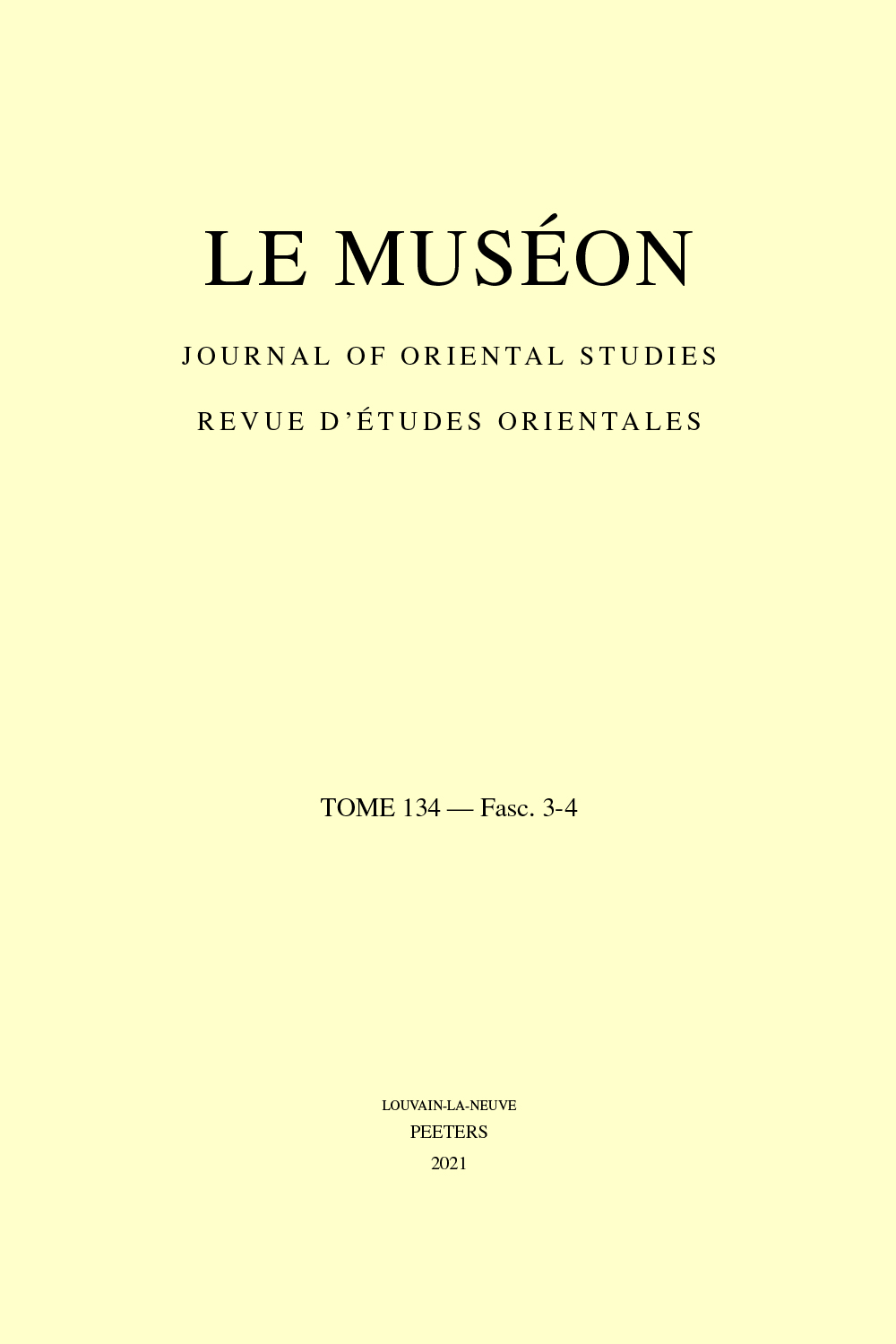 previous article in this issue previous article in this issue | next article in this issue  |

|
Document Details : Title: Von den Kreuzfahrerstaaten in das Königreich Georgien Author(s): HALFTER, Peter Journal: Le Muséon Volume: 121 Issue: 3-4 Date: 2008 Pages: 403-436 DOI: 10.2143/MUS.121.3.2034328 Abstract : Since the V/VIth century Georgians were present in Antioch on Orontes. In its environment, especially in the Black Mountains, Georgian Monastries and Hermitages were founded, some of these communities lived and worked until 1268 the Mamluks conquered Antioch. Those Georgian monastries must have been the link between the Crusader States and the Georgian Kingdom. There are valid indications that the rise of the Georgian Kingdom and the expansion of the Crusader States were mutualy noticed. In context with the First Crusade, King David the Builder profited from the Islamic power’s weakness, caused by the exploits of the Crusaders. On the other side, the newly established Crusader States took advantage of Georgia’s growing strength. Ansellus, the Chapter’s Cantor of Holy Sepulchre and William of Tyrus praised the Georgian Kingdom as a forward bastion of Christianity in Near East. There must have been even some sort of collaboration between the Kingdom of Georgia and the Crusader States. This is clearly shown in the Crusader’s fights against Ilgazi of Mardin. In 1121 King David engaged a great Islamic alliance, commanded by Ilgazi in the valley of Didgori, near Tbilisi. A detailled description of this battle is handed down by the Latin chronicle of Walter the chancellor. Due to its author and the Armenian historian Matthew of Edessa, some hundred Frankish knigths had reinforced the Georgian levies. The Latin chronicler assures, that some participants of the battle had told him about its progress. We can conclude that these eyewitnesses were from Antioch. In the late XIIth century Prince Bohemund III aimed to confirm the relations between the principality of Antioch and the Georgian Kingdom by a project of marriage. According to Latin documents only, in the early XIIIth century the Georgian kings planned a crusade for liberating the Holy Land. The Papacy and the Franks in the Crusader States had heard about this plan and they hoped for an alliance against the Aiyubides in Syria and Egypt during the fifth (1217-1221) and sixth crusade (1228-1229). Papal letters to the king of Georgia were first brought to Antioch and from there, probably with the help of Georgian monks, deliverd to the Caucasus. Antioch’s role as a link to the Georgian kingdom ended with the Mongol invasions. But this dramatic situation also opened new geographical and political horizons. News from the Caucasian world, up to then transmitted via Antioch and Cyprus to the Latin West, came now directly to the Occident. |
|
